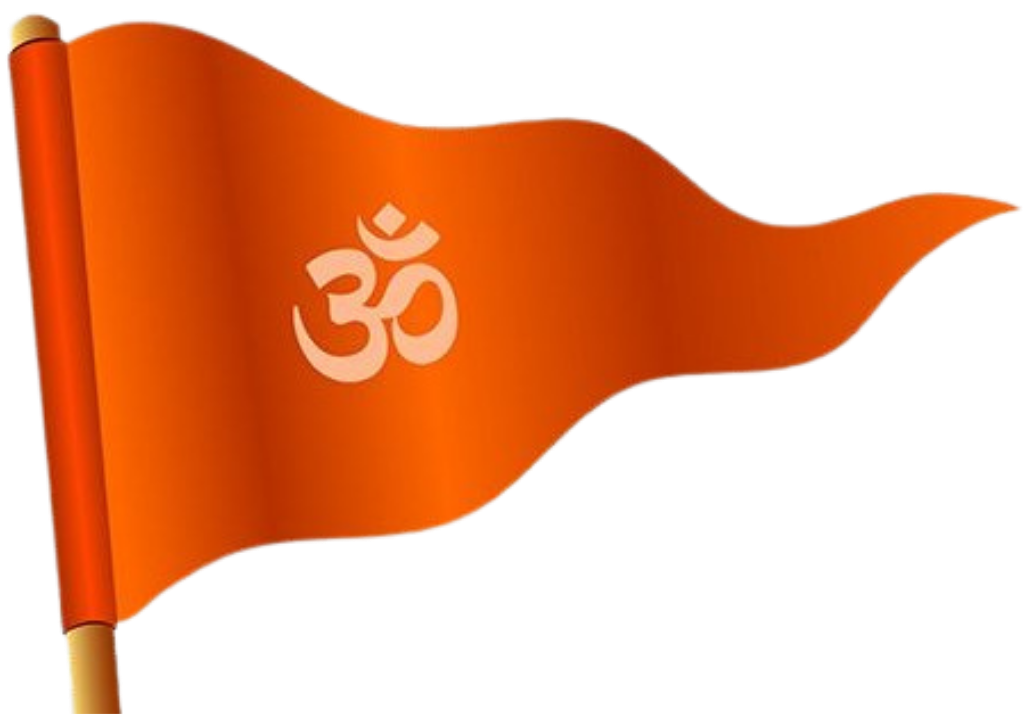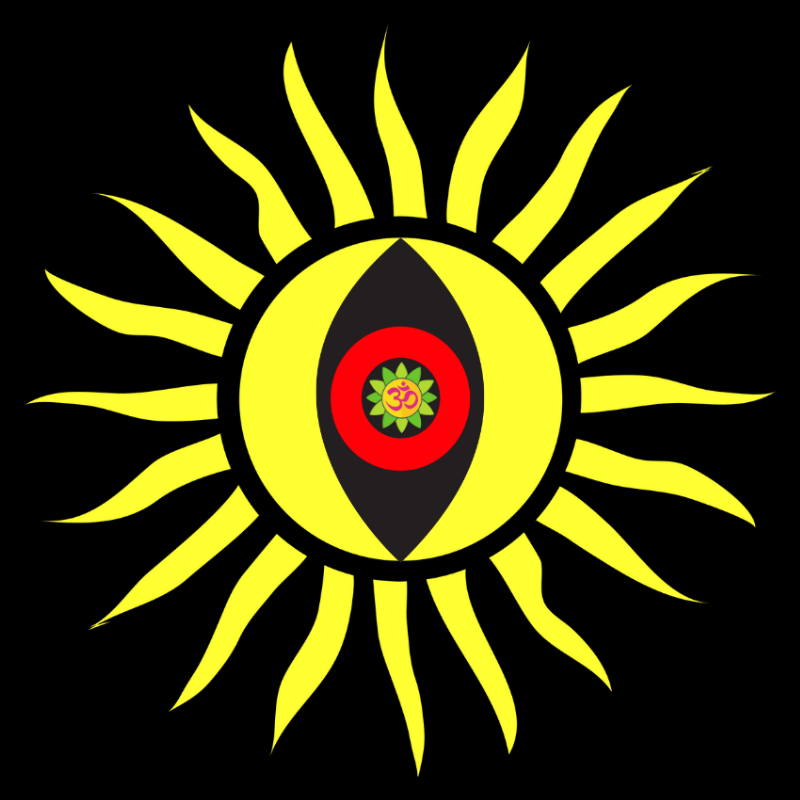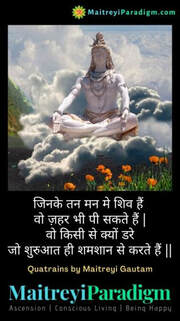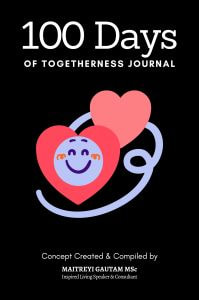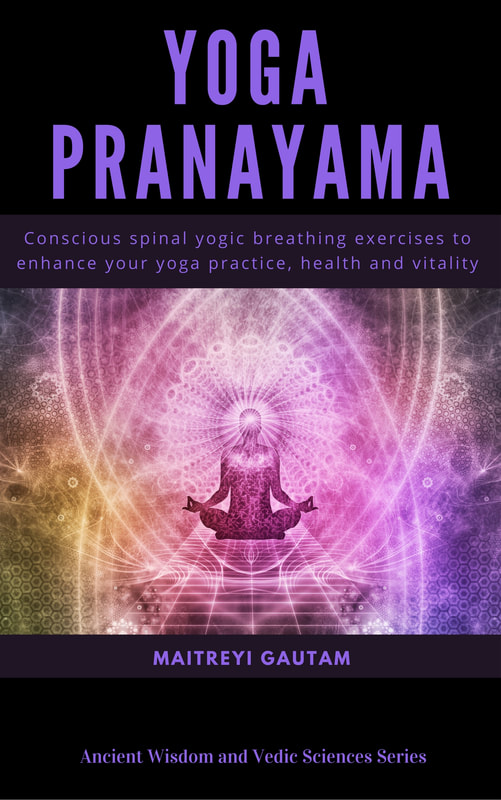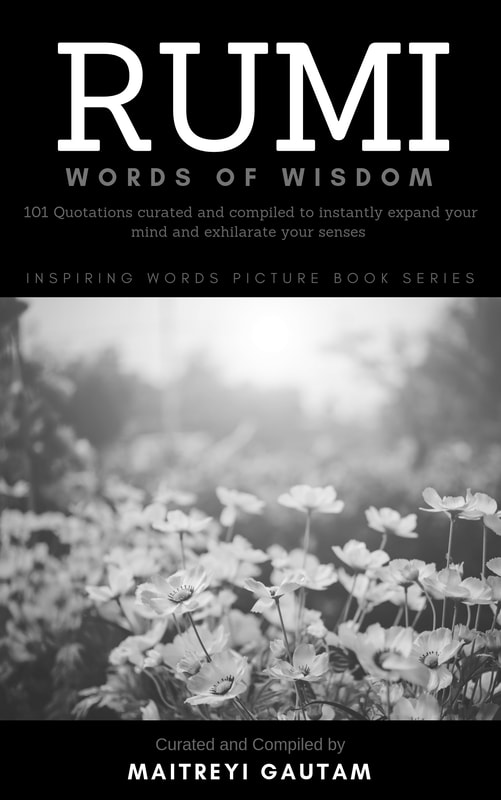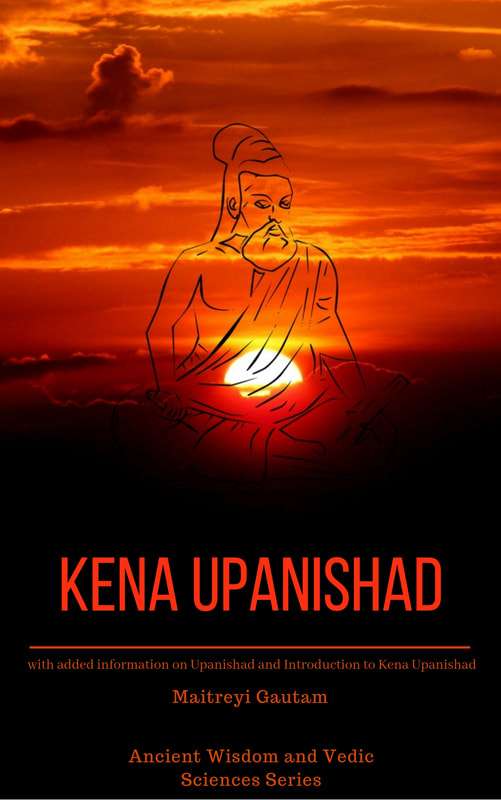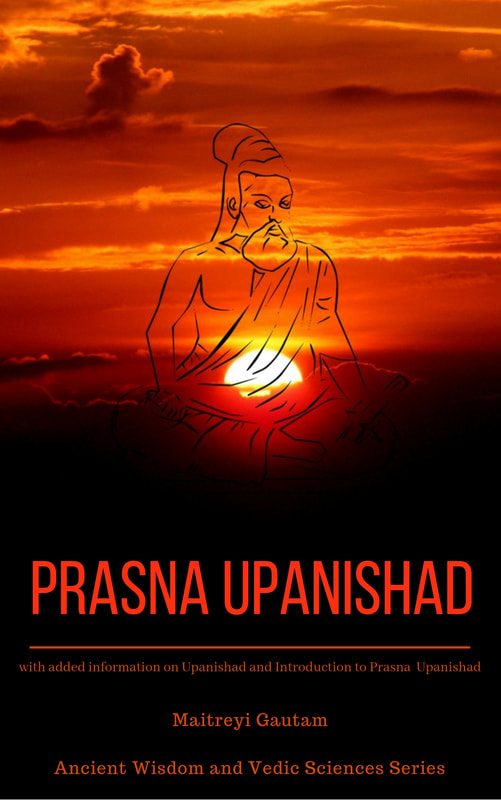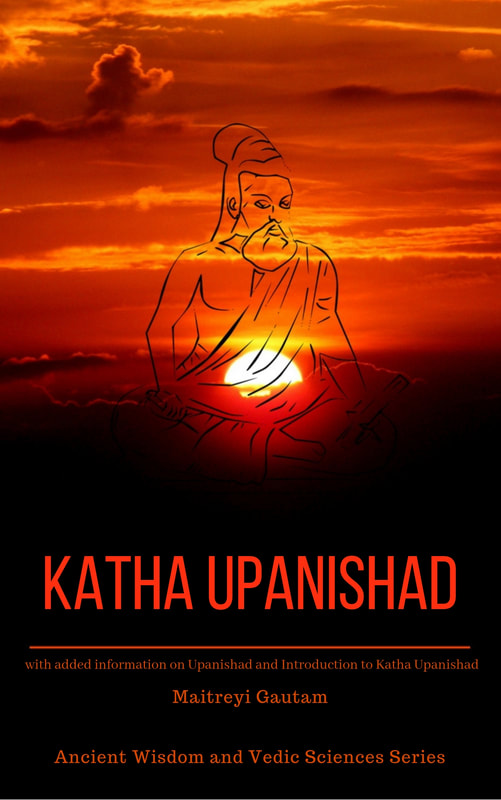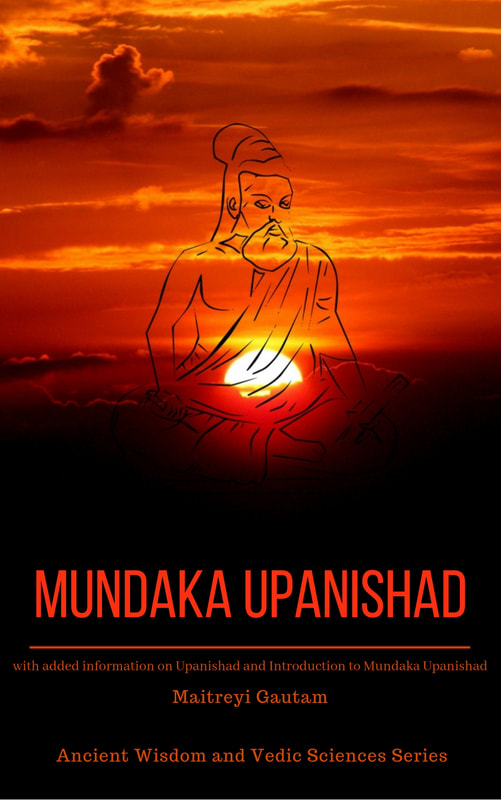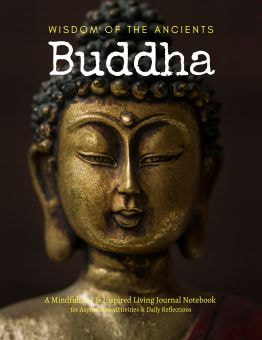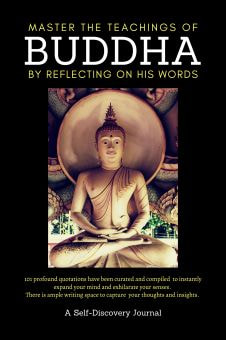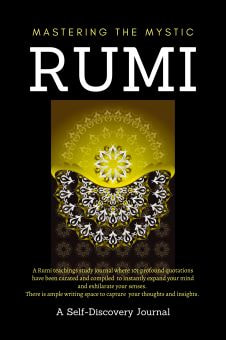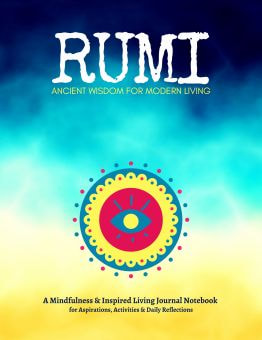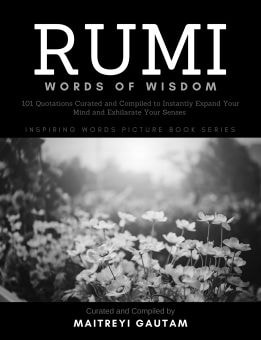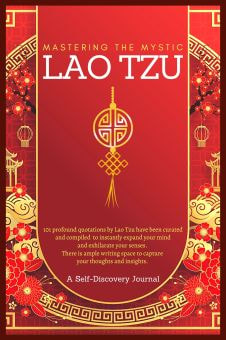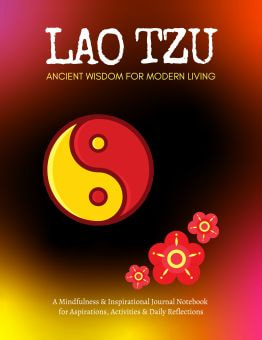| Day after the Hindu festival of Holika Dahan, Dhulandi is celebrated. Dhulandi is also called as Rangwali Holi (rang means color). It is the reason that Holi is famously known as the ‘festival of colors’. It needs to be mentioned that Dhulandi or Rangwali Holi also called as Ranga-panchami is supposed to be celebrated a few days from Holika Dahan. Holika dahan is celebrated on the full moon night and then five days from it, on panchami (fifth day), Dhulandi or Rangwali holi is meant to be celebrated. But in many places across the world and also in India, the colorful celebrations are conducted the very next day after Holi dahan. | |
Holi is created in the lunar month of Phalguna in the Hindu calendar, which marks the arrival of spring in the northern hemisphere. Dhulandi or Rangwali holi, which is played with colors is a way to celebrate the end of winter and the beginning of the new season.
It is a way of welcoming Spring, which marks the beginning of new growth and new life.
According to Hindu mythology, Lord Krishna would play Holi with his friends and loved ones, and he would also apply colors on Radha's face to express his love for her. Because of this Holi is also known as a ‘festival of love’ and is celebrated as a way of honoring the divine love between Radha-rani and Lord Krishna.
As mentioned above, Dhulandi is celebrated the day after Holika Dahan- which marks the triumph of good over evil. Celebrating with color marks celebrating this victory with joy and aplomb and as a way to spread goodness and positivity in the community.
Holi is a time for forgiveness, letting go of grudges, and starting anew. Holi is a time for people to come together and forget their differences. By playing with colors, people of all ages and backgrounds can have fun and celebrate together.
In the past, in addition to all the above reasons, playing with colors during Holi was a way to receive therapeutic and medicinal benefits. The colors used during Holi were originally made from natural ingredients such as flowers and herbs, and would have a cooling effect on the skin and promote good health. Ofcourse in modern times, many of the colors are made using chemicals and tend to have serious detrimental effect on the body.
In short, Dhulandi or Rangwali holi is a joyful and colorful celebration that brings the community together in love, joy, and harmony.
It is a way of welcoming Spring, which marks the beginning of new growth and new life.
According to Hindu mythology, Lord Krishna would play Holi with his friends and loved ones, and he would also apply colors on Radha's face to express his love for her. Because of this Holi is also known as a ‘festival of love’ and is celebrated as a way of honoring the divine love between Radha-rani and Lord Krishna.
As mentioned above, Dhulandi is celebrated the day after Holika Dahan- which marks the triumph of good over evil. Celebrating with color marks celebrating this victory with joy and aplomb and as a way to spread goodness and positivity in the community.
Holi is a time for forgiveness, letting go of grudges, and starting anew. Holi is a time for people to come together and forget their differences. By playing with colors, people of all ages and backgrounds can have fun and celebrate together.
In the past, in addition to all the above reasons, playing with colors during Holi was a way to receive therapeutic and medicinal benefits. The colors used during Holi were originally made from natural ingredients such as flowers and herbs, and would have a cooling effect on the skin and promote good health. Ofcourse in modern times, many of the colors are made using chemicals and tend to have serious detrimental effect on the body.
In short, Dhulandi or Rangwali holi is a joyful and colorful celebration that brings the community together in love, joy, and harmony.


